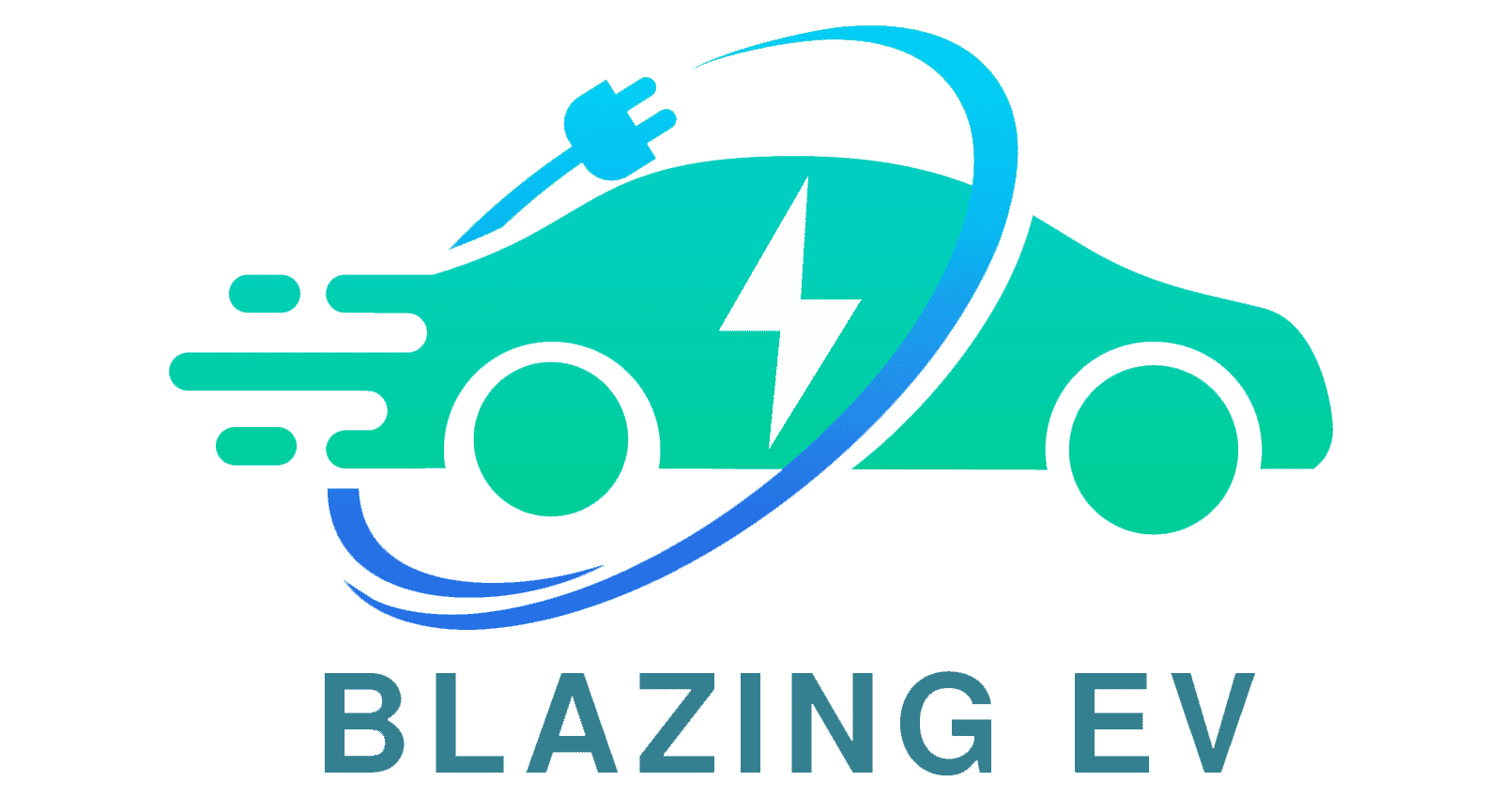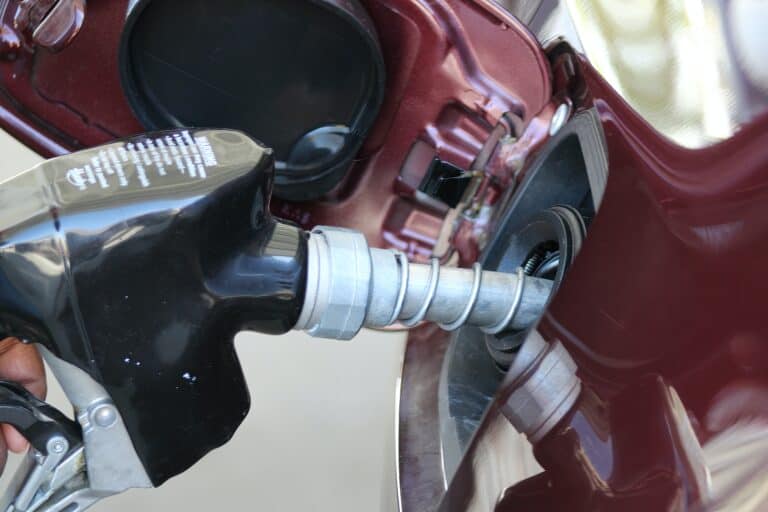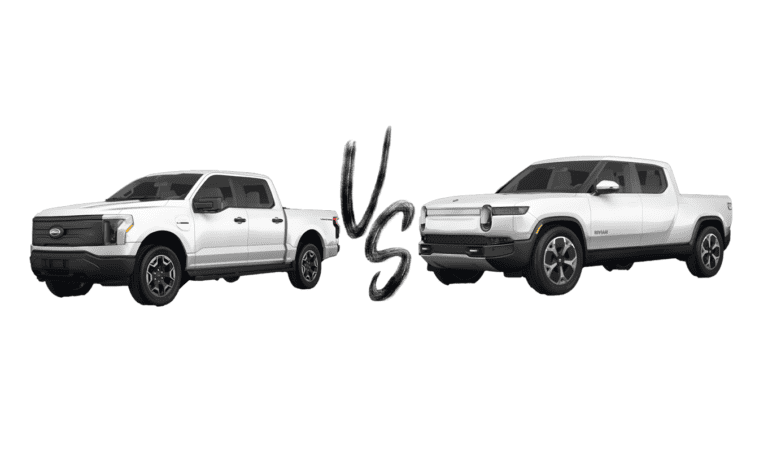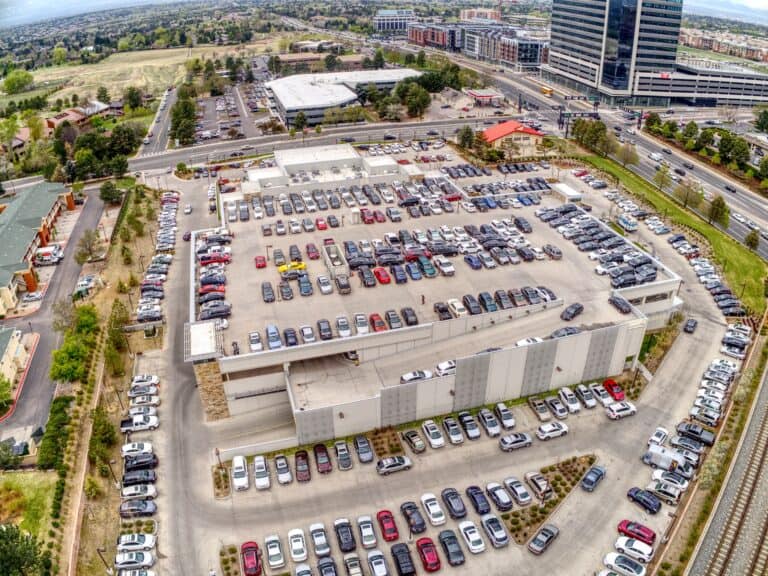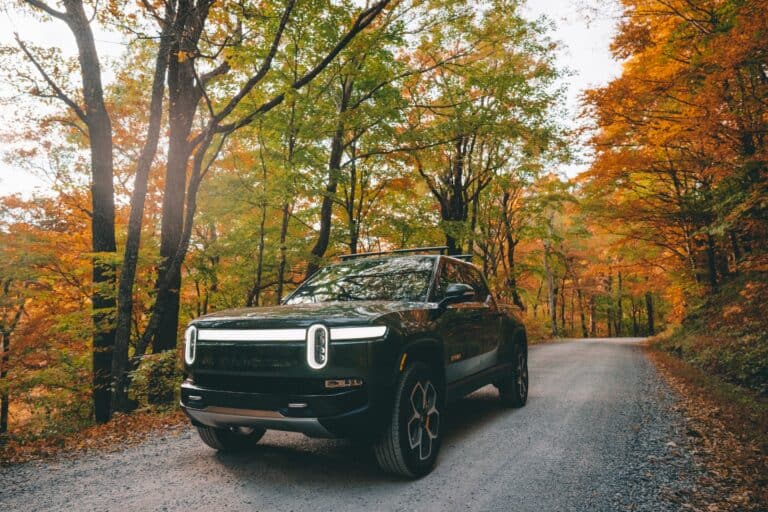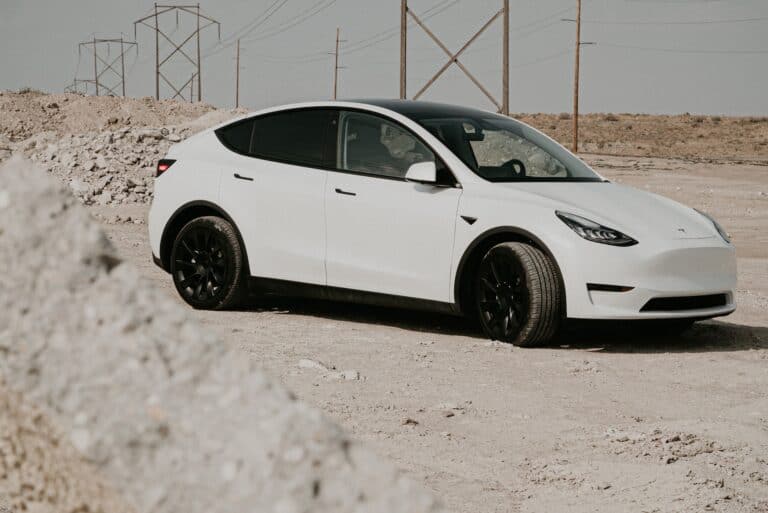Best and worst states to own an eV

Get ready to rev up your engines and hit the road in style with the latest rankings of the best and worst states to own an electric vehicle! As the popularity of EV’s continues to surge across the country, knowing which states offer the best incentives, charging infrastructure, and overall support for electric transportation is more important than ever. From the snowy peaks of Colorado to the sun-soaked beaches of Florida, the rankings reveal which states are paving the way for a sustainable and electrified future, and which ones still have some catching up to do. So, buckle up and join us as we explore the best and worst states for EV ownership in America!
Alright, so as stated in the intro, the best and worst states to own an EV can vary based on a range of factors, including the availability of charging infrastructure, government incentives and policies, and the overall cost of living. However, political preference may also indirectly influence some of the factors that impact EV ownership, such as state policies related to transportation and the environment. For example, states with Democratic-leaning governments may be more likely to adopt policies that support EVs, such as tax incentives or investments in charging infrastructure. On the other hand, states with Republican-leaning governments may prioritize other policy areas over EV’s, which could result in less support for EV-related initiatives.
The adoption of EVs in some states is also likely influenced by the preference for 4WD trucks and larger vehicles. For instance, in some states, consumers may place a higher value on the capabilities of larger vehicles, such as towing capacity or off-road performance, which could make it more challenging to transition to EVs. Furthermore, consumers who frequently use their vehicles for work or other heavy-duty purposes may have concerns about the range and charging capabilities of EV’s, which could impact their willingness to adopt them.
With all of this in mind, the following are the top 5 best and worst states for EV ownership based on the factors outlined above, along with a few others:
Top 5 Best States for EV Owners:
- California: California has long been a leader in electric vehicles, and it has the highest number of EVs on the road in the United States. There were close to 350,000 EV sales in California during 2022 alone; this amounts to approximately 20% of all new cars sold during the year, and nearly 40% of all sales in the U.S. market. The state offers many incentives, including tax credits, rebates, and HOV lane access, as well as a robust charging infrastructure. Moreover, the state has a goal of reaching 5 million zero-emission vehicles on the road by 2030. Note: California offers a $2,000 rebate with an increase of $5,500 depending on whether purchasers meet the appropriate criteria for low-to-moderate income families (based on 400% of the 2023 Federal Poverty Level). It is estimated that owners of EVs in California can expect to save nearly $2,200 on fuel costs compared to gasoline vehicles.
- Washington, D.C.: the nation’s capital offers the highest concentration of electric charging stations (73 for every 1,000 miles). Further, the District of Columbia does not charge an annual fee for owning an EV. Owners of EVs in the District save roughly $2,100 annually relative to gas vehicle owners.
- Washington: Washington state has a lot to offer for electric vehicle (EV) owners. It has the highest estimated annual fuel cost savings at $2,443, making it a cost-effective option for EV owners. Additionally, the state ranks third in terms of the percentage of car registrations that are electric, with nearly 2% of cars being EVs. The state also offers a good number of EV charging stations, with roughly 10 available for every 1,000 miles. Furthermore, Washington state ranks 10th in terms of the number of available state incentives for EV ownership, providing further support for those looking to switch to electric vehicles.
- Oregon: Oregon is a great state for electric vehicle (EV) owners, offering a range of benefits. With an estimated savings of $2,375 on traditional gasoline fuel costs, the state takes the second spot for this metric. Oregon also ranks fourth in terms of the percentage of car registrations that are for EVs, with 1.61% of cars being electric. Furthermore, the state ranks seventh in terms of the number of state incentives available for EV ownership, making it a supportive environment for those looking to switch to EVs.
- Nevada: Nevada offers several benefits to electric vehicle (EV) owners. There’s no annual fee for owning an EV in the state, making it an affordable option for residents. With an estimated annual fuel cost savings of $2,303, Nevada ranks in the top five, making it a cost-effective option for EV owners. There are roughly 11,100 EVs registered in the state, making up 1.08% of all registrations. The state also offers six incentives for alternative fuel vehicles, tying for 16th-highest in terms of the number of incentives available to residents.
Top 5 Worst States for EV Owners:
- Wyoming: Wyoming, as beautiful as it is, has a very low population density and a limited number of public charging stations, which can make it challenging for EV owners to travel long distances within the state. Additionally, Wyoming has no incentives or policies in place to encourage EV adoption, which may make EV ownership less attractive to residents. The state also has a high proportion of pickup trucks and SUVs, which are less likely to be replaced by EVs.
- North Dakota: Like Wyoming, North Dakota has a low population density and a limited number of public charging stations. The state also has no incentives or policies in place to encourage EV adoption, which may make EV ownership less attractive to residents. The state’s harsh winters and rural areas can also make EV ownership more challenging and less attractive for consumers.
- Oklahoma: Oklahoma has some incentives in place for EV owners, including a tax credit of up to $1,500 for EV purchases and a reduced vehicle registration fee for EVs. However, the state also has a relatively low number of public charging stations compared to other states, which can make it difficult for EV owners to travel great distances within the state. Additionally, Oklahoma has no policies in place to encourage the deployment of charging infrastructure, which may limit the growth of the state’s EV market.
- West Virginia: West Virginia has very few incentives for EV owners, and its charging infrastructure is limited. Additionally, the state is heavily dependent on the coal industry, which can make the adoption of EVs less attractive for both policymakers and consumers.
- Arkansas: Arkansas has relatively limited charging infrastructure and few incentives for EV owners. The state’s low electricity rates and lack of state income tax can make fuel savings less significant, but its rural areas can also make EV ownership less practical for some consumers.
However, the devil is in the details! If one were to consider charging stations alone as a deciding factor in a purchase decision, an entire new list may be generated. The ratio of EVs to charging stations is vastly favorable in the more rural states. Interestingly, North Dakota has the best ratio of registered EVs to charging stations, at about 3.2 EVs to 1 station. Wyoming has the second-best ratio with about 5.4 EVs to a single charging station. As for the least accessible states to charge an EV, California is in the top five with a ratio of about 31.2. Washington and Nevada share status in the top 10.
Furthermore, most of the states with the highest EV market shares offer special incentives on top of the current federal tax credit of $7,500. New Jersey, California, Colorado, and Connecticut stand out above all others in their incentive offering.
Conclusion
From the mountains of Colorado to the beaches of California, the United States is filled with diverse landscapes and communities, each with their unique advantages and challenges for EV ownership. While some states offer unparalleled incentives, charging infrastructure, and cost savings, others still have work to do to catch up. However, the rapid growth of the EV market and the increasing focus on sustainability and energy independence means that change is on the horizon for all states. So, whether you’re cruising down the highway in a sleek Tesla or navigating city streets in a sporty Nissan Leaf, remember that the road ahead is full of possibilities for the future of electric vehicles in America!
